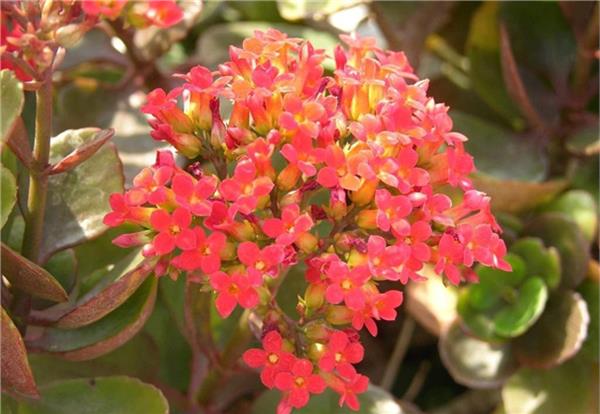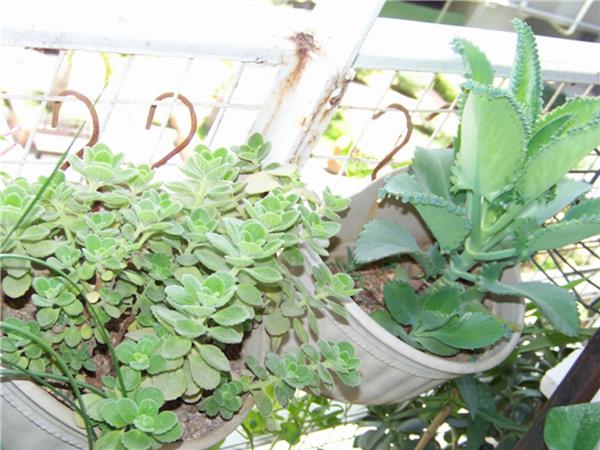What is the rooting of flowers on the ground? the method of rooting and breeding
Falling to the ground to take root is a relatively rare plant in life, so many people don't know much about it. So today, the editor will introduce to you what kind of flowers are rooting on the ground, the methods of rooting and breeding, and the efficacy and function of rooting on the ground.

What kind of flower is falling to the ground to take root?
Many people may have seen it but don't know its name, do you know its alias? The rooting flower is also called Flower Butterfly, inverted hanging lotus, Panax notoginseng, leaf root, Panax notoginseng, leaf bud, sky lantern, sword grass, thick flour skin, raw medicine, wound medicine, immortal, sun immortal, ancient son lantern, bride lantern, rhubarb, resurrection, compound leaves falling to the ground to take root.
Many people may have seen it but don't know its name, do you know its alias? The rooting flower is also called Flower Butterfly, inverted hanging lotus, Panax notoginseng, leaf root, Panax notoginseng, leaf bud, sky lantern, sword grass, thick flour skin, raw medicine, wound medicine, immortal, sun immortal, ancient son lantern, bride lantern, rhubarb, resurrection, compound leaves falling to the ground to take root.
Falling to the ground is a perennial succulent herb of crassulaceae, which can grow into a subshrub, with thick leaves, and two opposite leaflets can sprout at the edge of the leaf. In moist air, the upper and lower parts can grow slender aerial whisker roots. The small buds are evenly arranged on the edge of the big leaves, fall as soon as they are touched, and will fall to the ground. The introduced plant is native to Dagaska Island in South Africa, on the hillside or in the shrubs by the stream, it likes the sunny, warm and humid environment, is more tolerant and cold-resistant, and is suitable for growing in acid soil with good drainage.

The method of rooting and breeding-- the propagation method of rooting on the ground
Cuttings, adventitious buds and sowing and propagation are commonly used.
In May-June, it is best to put the strong leaves flat on the sand bed, close to the sand and keep the humidity. The plantlets can grow from the tooth deficiency of the leaf margin 1 week after insertion. Cut and move into the basin after growing up. The top branch is 8-10 cm long, slightly dried and inserted into the sand bed. It begins to take root after 1 week, and can be potted after 2 weeks. The propagation of adventitious buds is more convenient, and the larger adventitious buds growing on the leaf margin can be peeled off and put on the basin directly.
Sowing, the seeds are small, do not cover the soil after sowing, germinate about 12-15 days after sowing, and the germination rate is high.
The method of rooting and breeding on the ground-- the pruning requirements of rooting on the ground
The mixed substrate of 3 parts of rotten leaf soil and 1 part of sand soil can be used in pot cultivation. For the new seedlings, the heart should be picked in time to promote branching; for the older plants, the stem is semi-lignified, detached, curved and not erect, and the ornamental value decreases, so it should be cut short to sprout new branches. Update and change the basin every spring to keep the plant in a beautiful state.
The method of rooting and Culture on the ground-- the requirement of Water and Fertilizer for rooting
Usually watering should wait for dryness before watering, do not worry about drying to death, fertilization need not be too frequent, otherwise cause prosperous growth, and may cause plant rot, fertilizer can be applied 1-2 times a month in the growing season. There should be a little shade in midsummer, and there should be sufficient light in other seasons, otherwise the color of the leaf edge will disappear. Watering should be reduced after cooling in autumn, and the room temperature after entering the house in winter can survive the winter as long as the room temperature is kept above 0 ℃. But the potted Tujia remained a little moist.
The method of rooting and breeding-- Disease and pest control of rooting on the ground
The main harm of rooting on the ground is gray mold and powdery mildew, which can be sprayed with 1000 times of methyl topiramate wettable powder. Insect pests are harmful to scale insects and aphids and are sprayed with 1000 times of 40% dimethoate EC.

The effect and function of rooting on the ground
Light, slightly sour, astringent, cool.
Lung and kidney meridian
[efficacy] detoxification and detumescence, promoting blood circulation and relieving pain, removing toxin and activating muscle.
For external use to treat carbuncle swelling, mastitis, erysipelas, anthrax, traumatic bleeding, fall injury, fracture, burn and scald, otitis media.
Related
- Wuhan Hospital Iron Tree Blooming Result Was Instantly Frightened by the Gardener Master
- Which variety of camellia is the most fragrant and best? Which one do you like best?
- What is the small blue coat, the breeding methods and matters needing attention of the succulent plant
- Dormancy time and maintenance management of succulent plants during dormancy
- Minas succulent how to raise, Minas succulent plant pictures
- What are the varieties of winter succulent plants
- How to raise succulent plants in twelve rolls? let's take a look at some experience of breeding twelve rolls.
- Attention should be paid to water control for succulent plants during dormant period (winter and summer)
- Watering experience of twelve rolls of succulent plants
- Techniques for fertilizing succulent plants. An article will let you know how to fertilize succulent plants.



